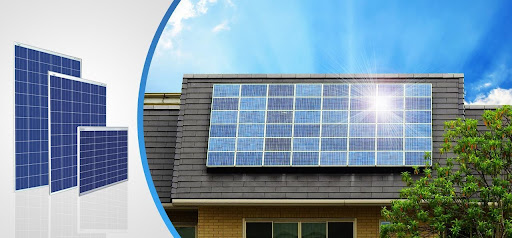To ensure that your roof is maintained, it is essential to conduct regular inspections. Regular or annual inspections will extend the lifespan of the roofing materials and will prevent water leaks that can cause damaged roofs, costly repairs, and even the need for a total roof replacement.
If you have any concerns about commercial & residential roofing repair, damaged shingles, roofing home improvements, or your roof system in Edinburgh, you should contact Roofing Edinburgh company. We’re glad to provide you with the most effective solutions for your home.
1. Inspect Your Shingles
Check the roof’s shingles — particularly after the stormy weather seasons. However, remember that it’s not just the weather and wind which can harm your roof.
The sun’s ultraviolet radiations can cause destruction over the course of time. Therefore, make sure you examine your roof shingles on a regular part of your roof inspections to make sure they’re installed correctly and operating exactly as they ought to.
2. Trim Branches
If you have trees that have overhanging branches, make sure they are taken down before winter arrives. Wind, heavy snow and ice, as well as other natural events can whip branches around , or remove them from the tree completely damaging the root as well as the structures that sit over it.
3. Unclog Gutters
We are all aware of the problems that come with blocked gutters. These could include bubbling wall paint as well as decaying wood. However, gutters that are clogged can overflow with lots of bugs, leaves and other debris that the rain is swept upwards instead of downwards.
In time the water could cause damage to the roof and support beams holding it in place. Imagine the type of damage that could result from the more costly type. Clean out your gutters and clean outs before the fall and spring seasons.
4. Monitor Moss
While moss can add a splash of color and an enchanting forest-like appearance to your roof but the damage it does is not a fairy-tale. If left to grow indefinitely it can damage roofs of all types -that includes wood, asphalt, as well as concrete.
What happens is: Moss grows between shingles. As time passes, it will increase in size and eventually lift the shingles off the roof, allowing it to let in water.
Additionally, the moss retains water. Leaks and wood rot typically occur shortly after. You’ll need to scrub the moss out (or employ someone else to take care of it) to avoid the damage.
Keep a watch on the moss! We suggest zinc sulphate powder be sprinkled over the roof in a systematic manner and throughout the season.
5. Prevent Ice Dams
In addition, roofs can be prone to ice dams following the heavy snowfalls. The warm attic air makes the roof get warmer, melting snow. The ruinous rivulets will then freeze when they get to colder parts of the roof. And then — boom! — ice dams.
Then the meltwater is stuck and seeps into the roof, staining walls and discoloring the paint. To prevent the formation of ice dams make sure you check your attic’s insulation and ventilation to ensure that your attic remains cool enough during the winter months to stop the formation of ice dams in the initial place. As we approach the colder winter and fall months, it’s crucial to take steps to avoid freezing dams.
6. Caulk the Flashings
Flashings are the metallic strips (usually galvanized or aluminum or lead) that are affixed to the roof’s edges or joints.
The flashings are necessary for water diverting or to keep water out of places that shingles cannot protect, like roof penetrations in which plumbing and vents for kitchens and bathrooms extend over the roof.
It can also be used close to skylights, walls, and chimneys, and in valleys. They could rust, break or lift or even separate according to the location they are installed. This could mean that a crucial element of roof protection isn’t operating effectively.
Make sure to seal the flashing with caulk around the locations that it is no longer firmly fixed. Here at Roofing contractor Edinburgh company, we prefer the use of lead pipe flashings since they last for decades and require minimal or no maintenance.
Additionally, it is free of rubber that is susceptible to deterioration as time passes making it less likely you’ll need to caulk and re-caulk troublesome areas of your roofing’s flashing.



